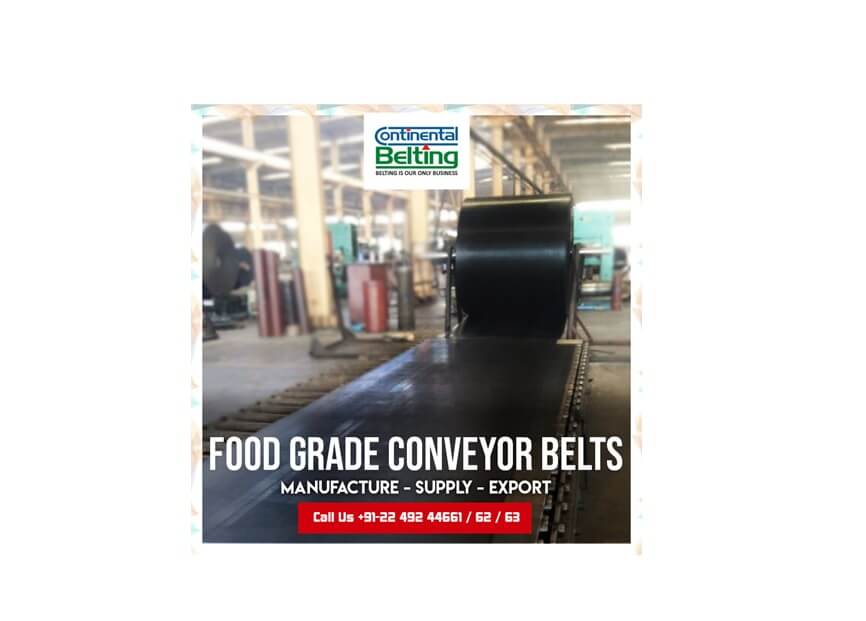The primary purpose of a conveyor belt is to increase efficiency and productivity by streamlining the transportation of goods. The use of conveyor belts allows for the automation of many repetitive and labor-intensive tasks, reducing the need for manual labor and increasing output. They also help to reduce the time required to transport goods and materials from one point to another, which can be especially beneficial in manufacturing and logistics industries.

One common type of conveyor belt is the belt conveyor loader, which is used to transport bulk materials such as gravel, sand, or grain. Belt conveyor loaders are often used in construction sites, mining operations, and agricultural settings, as they are able to move large quantities of materials quickly and efficiently.
Despite their numerous benefits, conveyor belts can pose certain safety risks if not properly maintained or used. Workers who operate or work near conveyor belts must undergo training to ensure they are aware of the potential hazards and safety procedures. Regular maintenance, including cleaning and inspection, is also necessary to keep conveyor belts in good working condition and prevent accidents.
In conclusion, conveyor belts are a vital component in many industries, allowing for efficient transportation of goods and materials. The use of belt conveyor loaders is especially common in manufacturing, mining, and agriculture, where large quantities of materials must be moved quickly and efficiently. However, it is important to remember that safety must always come first, and proper training and maintenance are necessary to prevent accidents and ensure the continued success of conveyor belt operations.